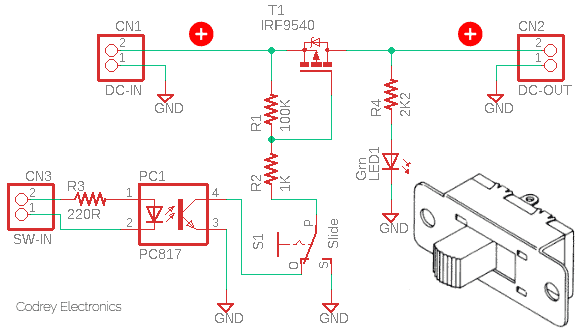MOSFET Switching Ripple Control – Simple Guide

🔧 The Problem: Unwanted Ripple in MOSFET Switching
MOSFETs are widely used in switching applications due to their efficiency. However, fast switching can generate high-frequency ripple and noise, affecting sensitive circuits like sensors or microcontrollers. If uncontrolled, this ripple can reduce performance or even damage components in precision applications.
🛠️ The Solution: Proper Gate Drive & Filtering
To reduce ripple, it’s essential to tune the gate drive strength and add appropriate filtering. A slower switching edge (via gate resistors) and bypass capacitors across the load can drastically reduce ripple. Also, using snubber circuits helps absorb high-frequency transients.
💡 Practical Example: Powering a Microcontroller Board
Imagine you’re switching a 12V line to power an ESP32 board using a MOSFET. Without control, the switching ripple causes the ESP32 to randomly reset. By adding a 10Ω gate resistor and a 100nF ceramic capacitor at the load, you smooth out the ripple and ensure stable operation.
🧮 Sample Calculation: Gate Resistor Selection
Gate resistor value (R<sub>g</sub>) = t<sub>rise</sub> / (Q<sub>g</sub> / V<sub>gs</sub>)
Assume:
Gate charge Q<sub>g</sub> = 20nC
Desired rise time t<sub>rise</sub> = 100ns
V<sub>gs</sub> = 10V
Then, R<sub>g</sub> = 100e-9 / (20e-9 / 10) = 50Ω
A 50Ω gate resistor slows switching just enough to reduce ripple without major efficiency loss.
🛍️ Product Suggestion:
Use quality MOSFETs and gate driver ICs for optimal performance.
🔗 Shop MOSFETs – Made in India
🔗 [Shop Gate Drivers – Made in India]
Shop now at SmartXProKits.in
Support our work and India’s innovation—buy from our Make in India site!




















